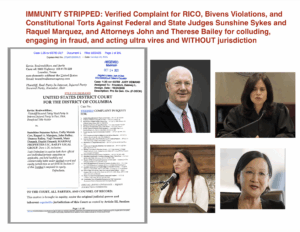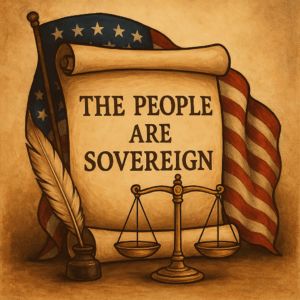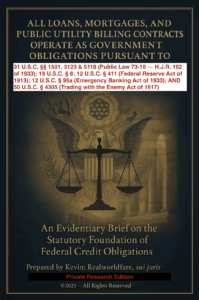Bills of Exchange as Currency
A bill of exchange is a negotiable instrument where one party orders another to pay a specific amount of money to a third party. Think of it as a formal IOU that functions in commerce as money because it represents value and discharges obligations.
Legal Foundations Proving It Is Currency
- House Joint Resolution 192 (HJR 192) (1933)
The U.S. government eliminated the use of gold as money and replaced it with debt instruments, stating:“Every provision contained in or made with respect to any obligation which purports to give the obligee a right to require payment in gold or a particular kind of coin or currency, or in an amount in money of the United States measured thereby, is declared to be against public policy.”
This means all debts must now be discharged with paper money or debt instruments such as bills of exchange, promissory notes, or other negotiable instruments.
- 31 USC 5118:
Confirms that gold clauses in contracts are void, and all payments must be made using Federal Reserve Notes or debt instruments. - 12 USC 412:
States that Federal Reserve Notes are backed by debt instruments, including promissory notes and bills of exchange, legally making them currency.
UCC Provisions That Prove Bills of Exchange Act as Payment
The Uniform Commercial Code (UCC) supports the idea that bills of exchange discharge debt obligations—just like cash:
- UCC 3-603 (Tender of Payment):
“(b) If tender of payment of an obligation to pay an instrument is made and refused, there is discharge, to the extent of the amount of the tender.”
Meaning: If you present a bill of exchange as payment and the other party refuses it, the debt is discharged as if it were paid in full.
- UCC 3-311 (Accord and Satisfaction):
“If a person against whom a claim is asserted proves that (i) that person in good faith tendered an instrument to the claimant as full satisfaction of the claim, and (ii) the claimant obtained payment of the instrument…the claim is discharged.”
Meaning: Offering a bill of exchange in good faith to settle a debt discharges the debt, regardless of whether it was accepted.
- UCC 3-601 (Discharge of Obligation):
“The obligation of a party to pay the instrument is discharged as stated in this Article or by an act or agreement with the party which would discharge an obligation to pay money under a simple contract.”
Meaning: Providing a bill of exchange or other negotiable instrument fulfills the legal obligation to pay.
Unequivocal Conclusion
A bill of exchange is currency because:
- It satisfies debt obligations in commerce.
- Federal statutes (31 USC 5118, 12 USC 412) equate debt instruments with currency.
- HJR 192 confirms that gold-backed payments were eliminated and replaced with debt-based instruments.
- UCC Articles 3-603, 3-311, and 3-601 explicitly state that offering a bill of exchange discharges debt, even if refused.
Based on proper interpretation and in accordance with statues, public policy, and codes, refusal of a bill of exchange legally equals payment in full, cementing it as a valid form of currency.




